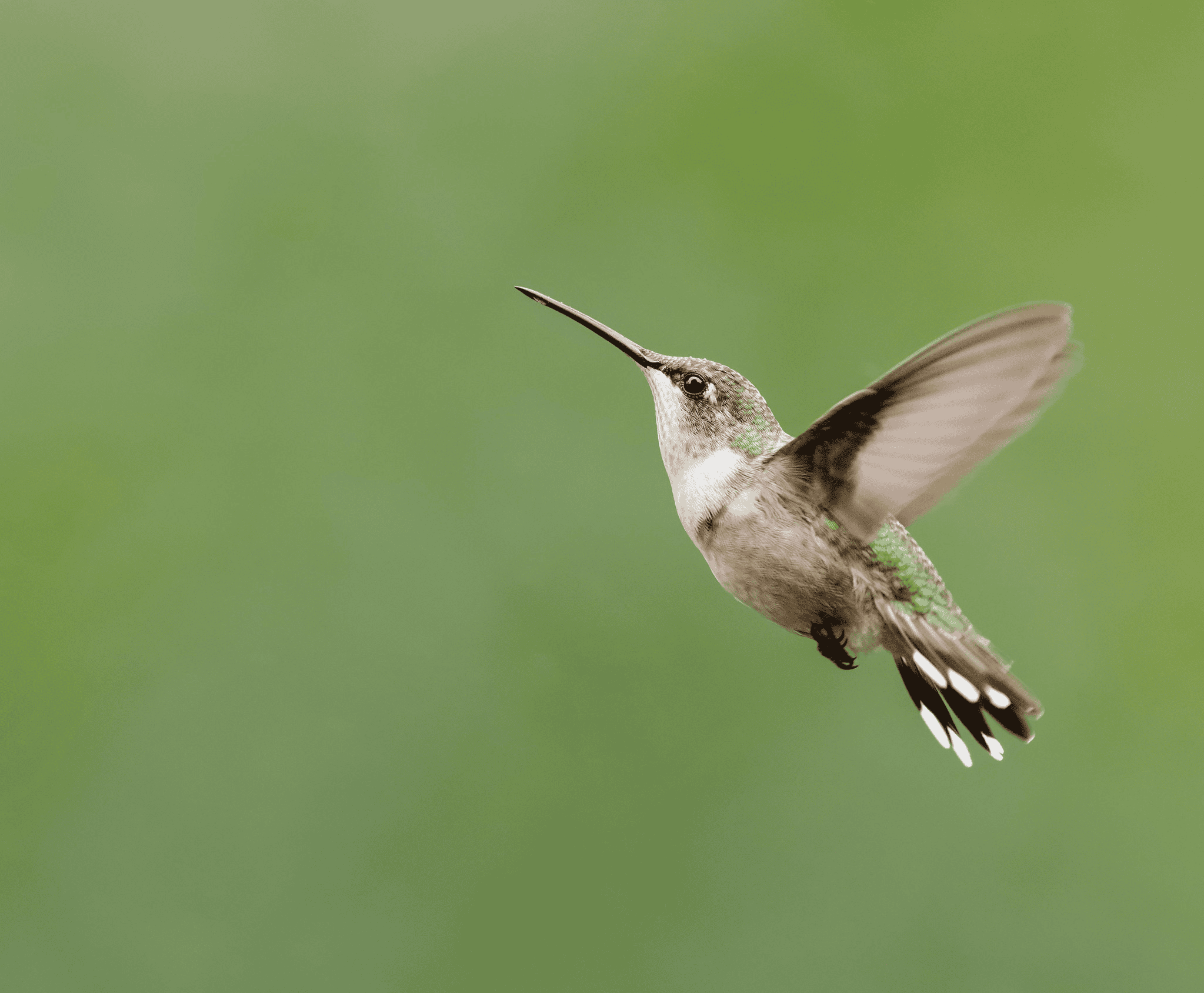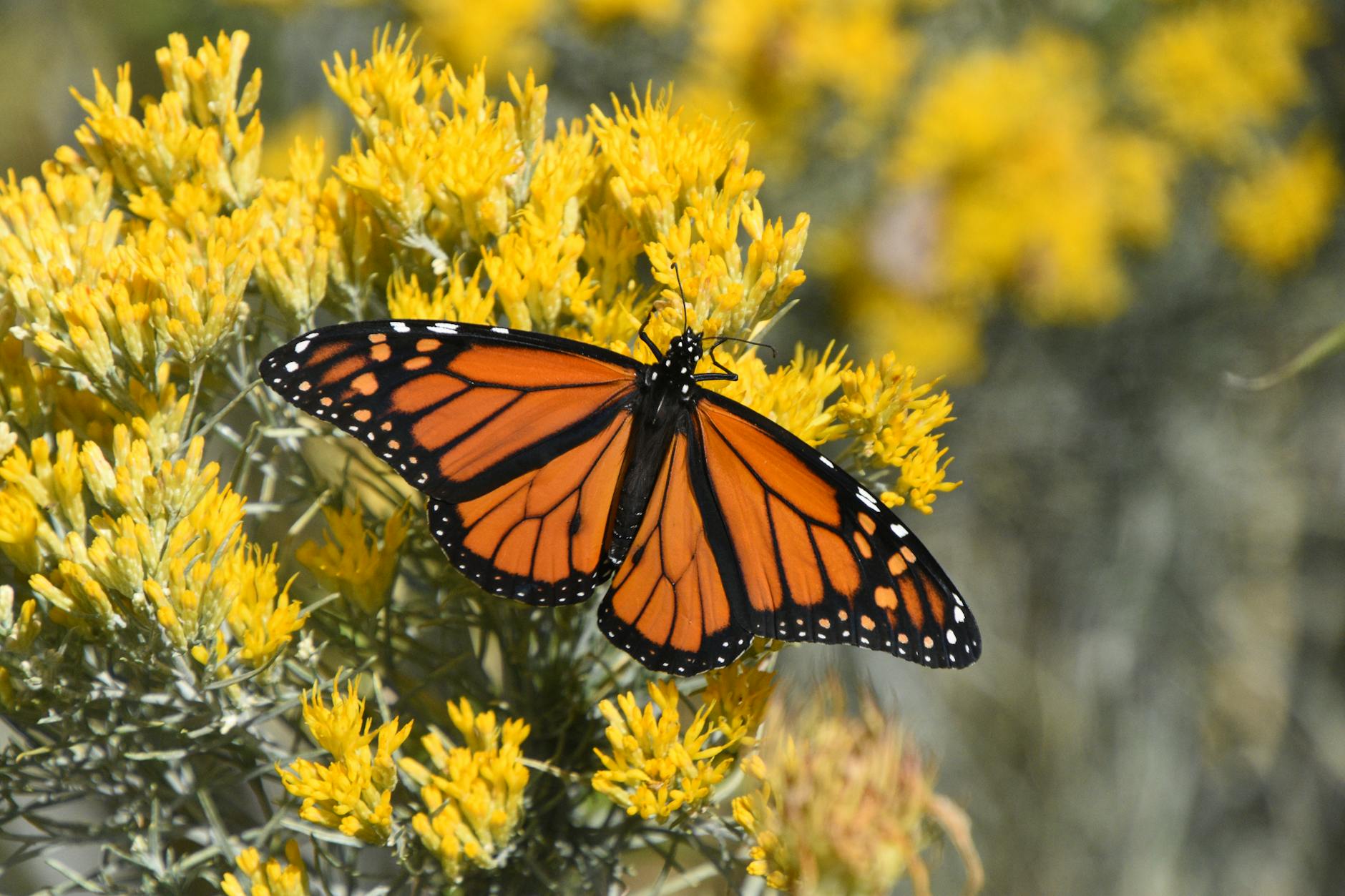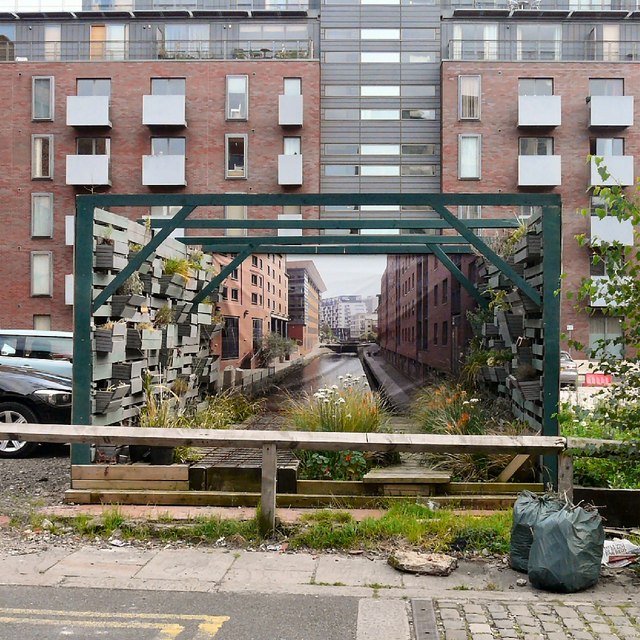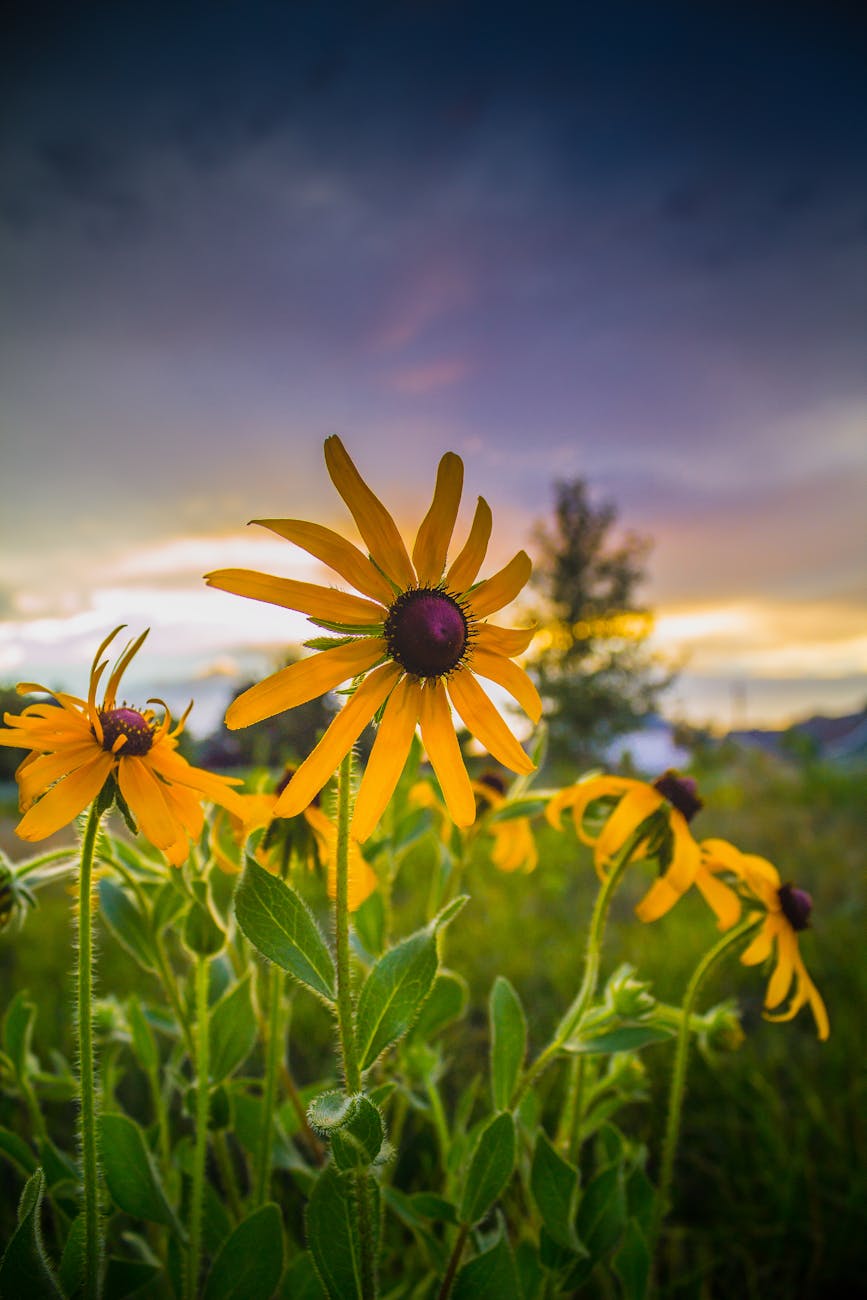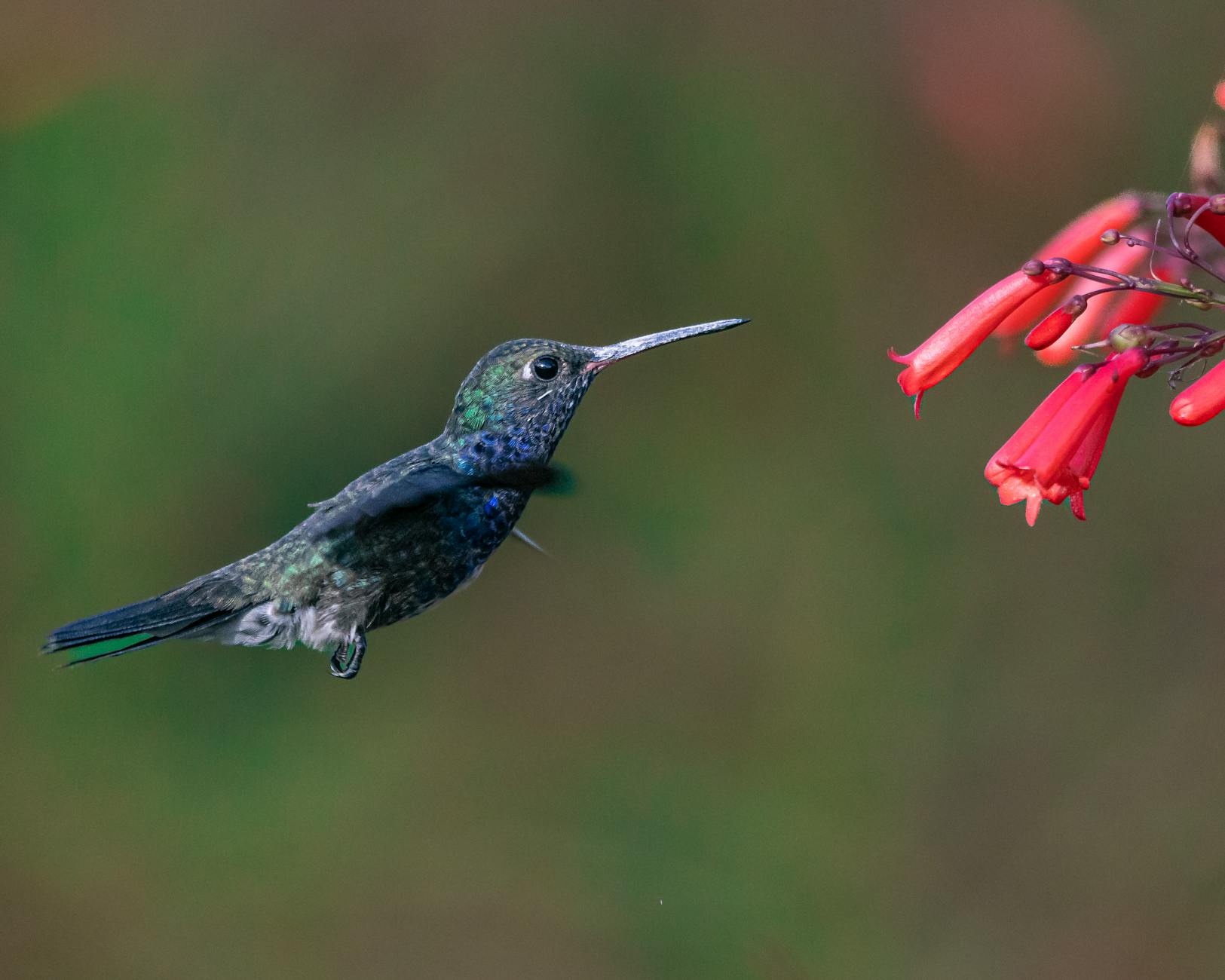Working Toward Policy Change for Conservation
Native plants are at the heart of our ecosystems. They provide shelter and food for wildlife, enhance biodiversity, and help maintain ecological balance. However, they face increasing threats from invasive species, habitat loss, and climate change. One of the most powerful tools we have to protect these plants is policy change. By advocating for native plant legislation, we can ensure these plants have the legal protection they deserve, creating a more sustainable and resilient environment.
This process may seem daunting at first, but each of us has the ability to make a difference. Advocacy for native plant legislation is not just about changing laws; it’s about creating a future where nature and people thrive together. Let’s dive into how we can be part of this vital movement.
Understanding the Current State of Native Plant Legislation
Before we can advocate for policy change, it’s important to understand where we stand today. Currently, many laws do exist to protect native plants, but there are gaps in enforcement, funding, and education. For example, while some states have regulations protecting endangered species, many do not prioritize native plants unless they’re classified as endangered.
The truth is that native plants often lack the attention they deserve, especially in the face of the rapid spread of invasive species. These invaders not only harm our natural landscapes but also compete with native plants for resources, pushing them out of their own habitats. Without stronger legislation, native plants will continue to decline, leaving behind a less biodiverse and less resilient environment.
The Role of Advocates in Policy Change
Advocacy is the bridge between public concern and policy action. As individuals, we can play a pivotal role in pushing for change. Whether it’s contacting legislators, attending hearings, or even starting local campaigns, every action counts. It’s not about having all the answers; it’s about showing up, speaking up, and being a part of something bigger than yourself.
What I’ve learned through my own journey in conservation and art is that when people connect on a deep, personal level with a cause, they are more likely to become passionate advocates. Just as an artist creates something beautiful with their hands, we too can help create a future where native plants are nurtured and protected by our collective efforts.
Key Strategies for Effective Advocacy
1. Educating Yourself and Others
Knowledge is power, and the more you know about native plants, the more effectively you can advocate for them. Learn about the local species in your area, the challenges they face, and the benefits they bring to ecosystems. Share what you learn with your community, whether it’s through conversations, social media posts, or local workshops. The more people who understand why native plants are so essential, the more they will stand up for their protection.
2. Building Alliances with Like-minded Organizations
Conservation work is never a solo endeavor. By partnering with groups like local environmental organizations, gardening groups, and even schools, you can build a network of support. Together, we can amplify our voices and create a much stronger case for native plant legislation. These alliances can also help you access resources, like funding and volunteer support, to make your advocacy efforts even more impactful.
3. Engaging with Legislators
One of the most direct ways to influence policy is by engaging with those who create the laws. Don’t be intimidated by the idea of contacting your legislators. You don’t need to be a policy expert to make an impact. Write a letter, send an email, or attend town hall meetings. Share your personal story—why native plants matter to you and your community. Politicians are much more likely to take action when they know it’s something their constituents care deeply about.
4. Using Media and Social Media to Amplify Your Voice
In today’s digital world, social media is one of the most powerful tools we have. Use it to spread awareness about the importance of native plants and the need for legislation. Share articles, create petitions, and organize online events to get others involved. Traditional media—such as radio interviews or newspaper op-eds—can also help elevate your message to a broader audience.
Developing Policy Proposals and Legislative Goals
Advocacy for policy change doesn’t always happen overnight. It’s important to be clear about what you’re asking for. What changes would help protect native plants in your area? Whether it’s stricter regulations on invasive species or more funding for native plant restoration projects, work with experts and local organizations to craft actionable policy proposals. Once you have clear goals, you can present them to lawmakers with a sense of purpose and direction.
Case Studies of Successful Native Plant Advocacy
It’s always inspiring to hear about successes. For example, the state of California has made significant strides in protecting native plants through legislative action. By advocating for policies like the Native Plant Protection Act, activists have helped ensure that rare plants are safeguarded from destruction. On a local level, community-led efforts to ban invasive species and protect native plant habitats have also been successful in many areas.
These stories prove that advocacy works. Change is possible when people unite for a common cause.
Overcoming Common Obstacles in Advocacy
Advocacy is not without its challenges. Resistance from industries that rely on non-native species or a lack of understanding about the importance of native plants can make progress slow. But that’s where persistence comes in. Stay committed, continue educating others, and keep pushing forward. Even small steps can lead to big changes over time.
The Long-term Impact of Advocacy for Native Plants
When we fight for native plant legislation, we’re not just helping plants; we’re helping entire ecosystems. Healthy native plant populations lead to stronger habitats for wildlife, cleaner air, and more resilient landscapes. As stewards of the earth, we have a responsibility to protect the plants that have sustained us for generations. Our advocacy work today will lay the foundation for a healthier planet tomorrow.
Every Action Counts
You don’t have to be a politician or an expert to advocate for native plants. Whether you’re writing a letter to your senator or planting native species in your own garden, every action is part of the larger movement toward conservation. We all have a role to play. Together, we can ensure that native plants are not only protected but celebrated for the vital role they play in sustaining life on earth.
Let’s work toward a world where policy reflects our commitment to the environment, and where our advocacy ensures that native plants thrive for generations to come.

